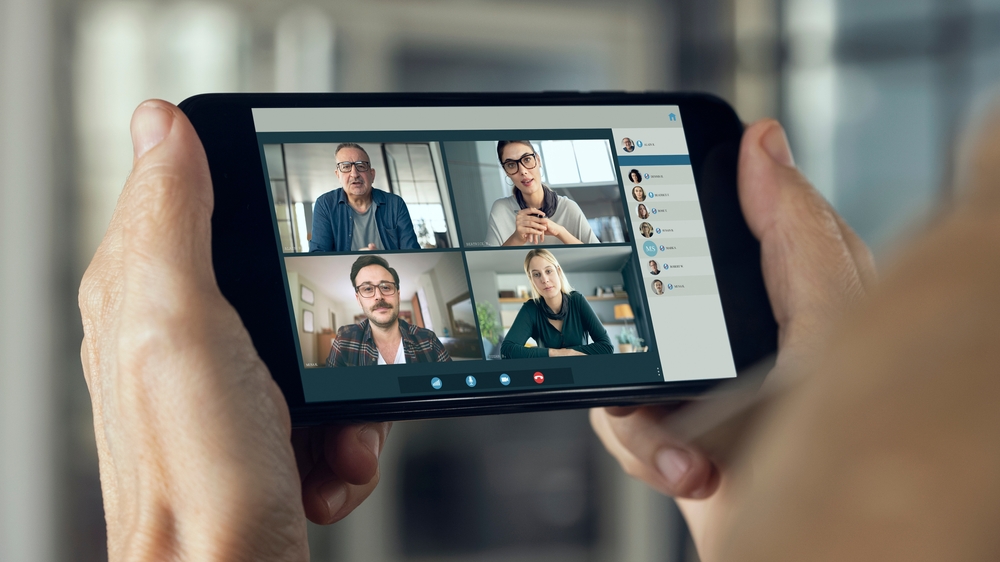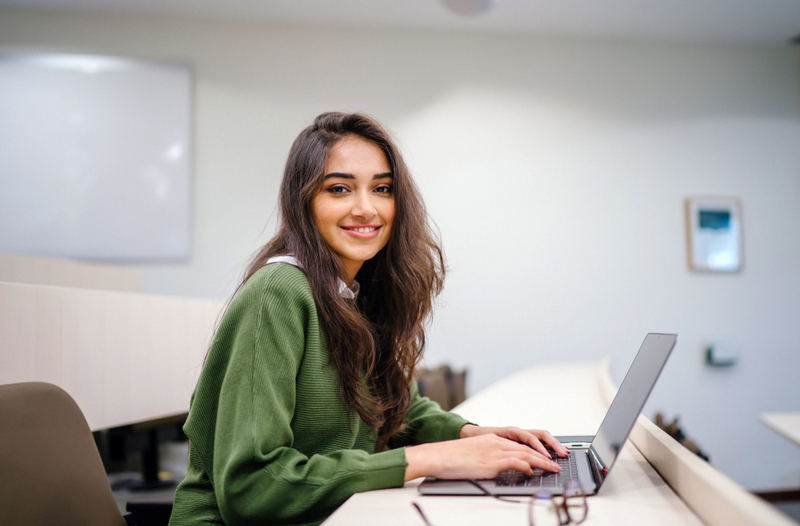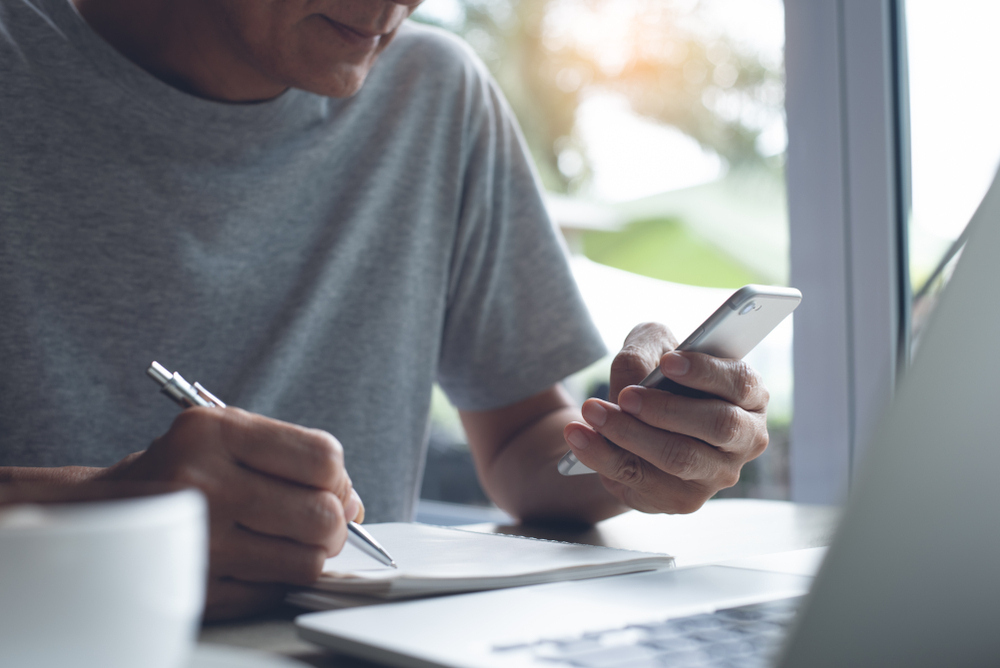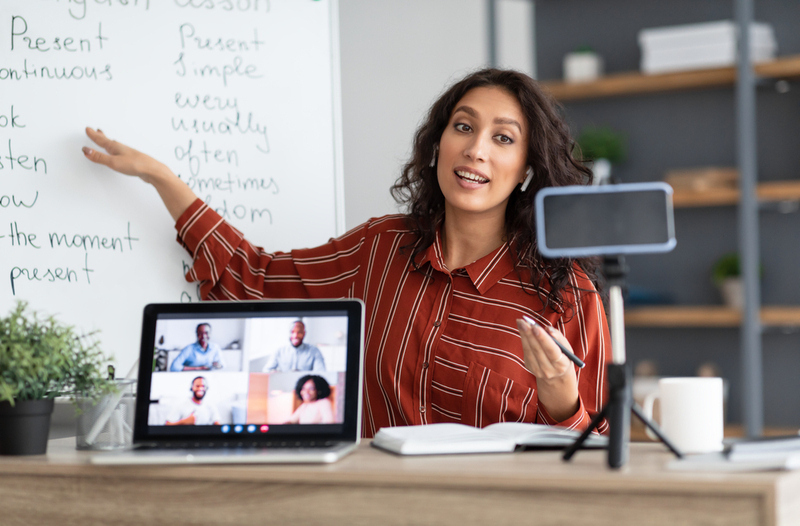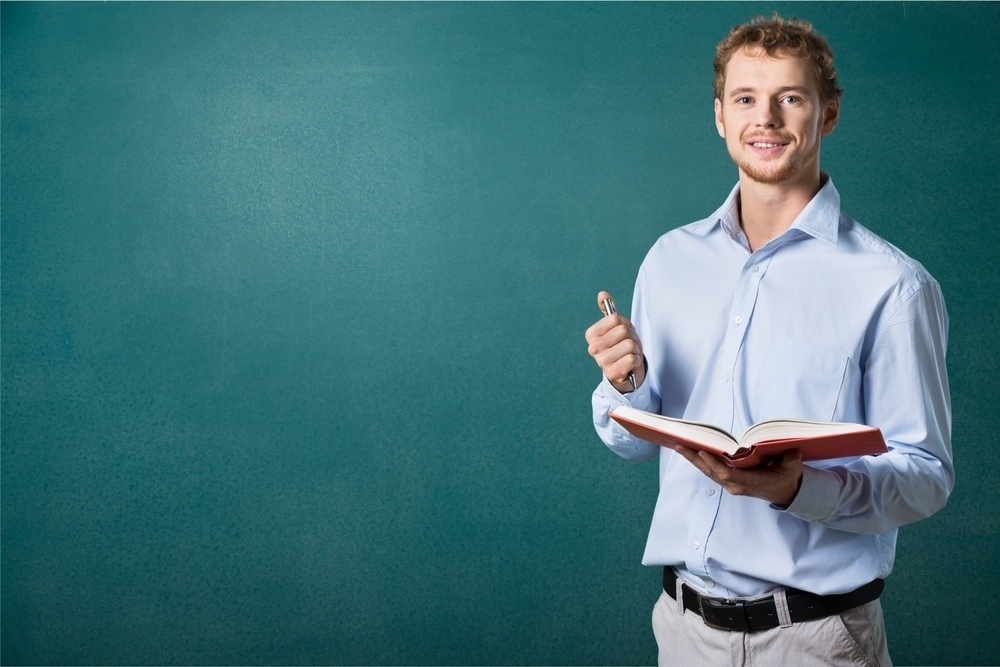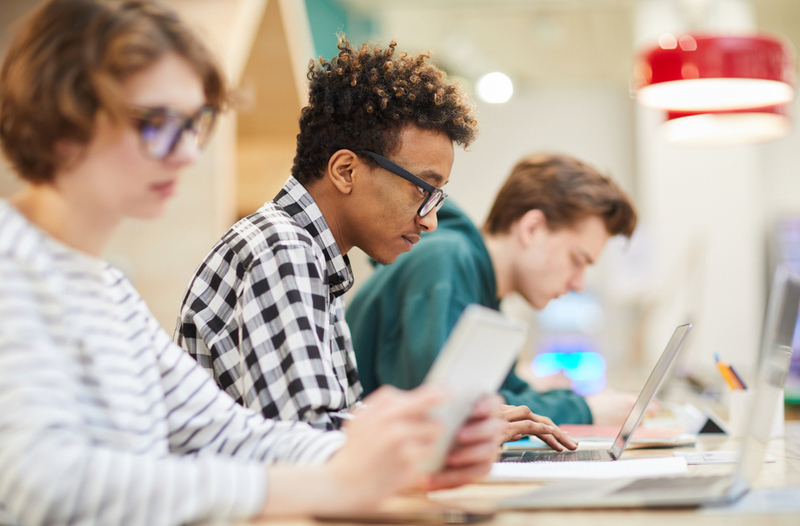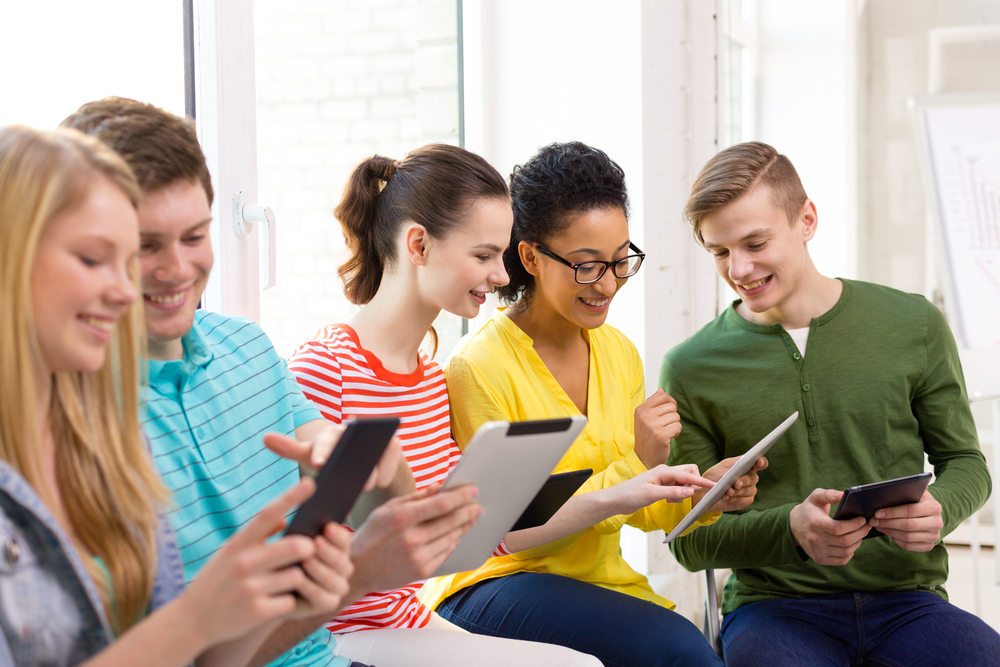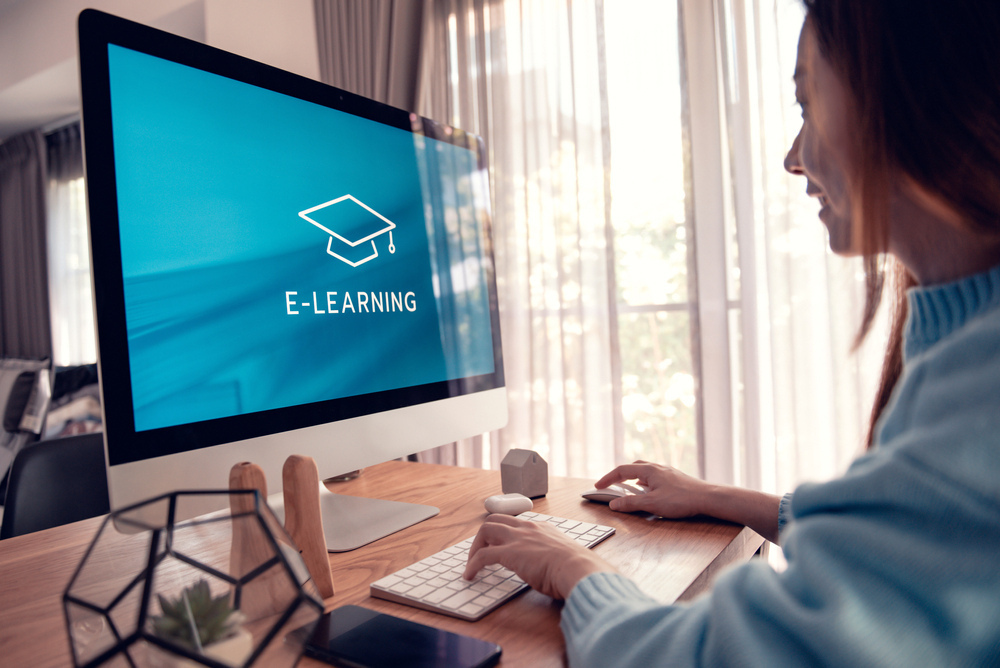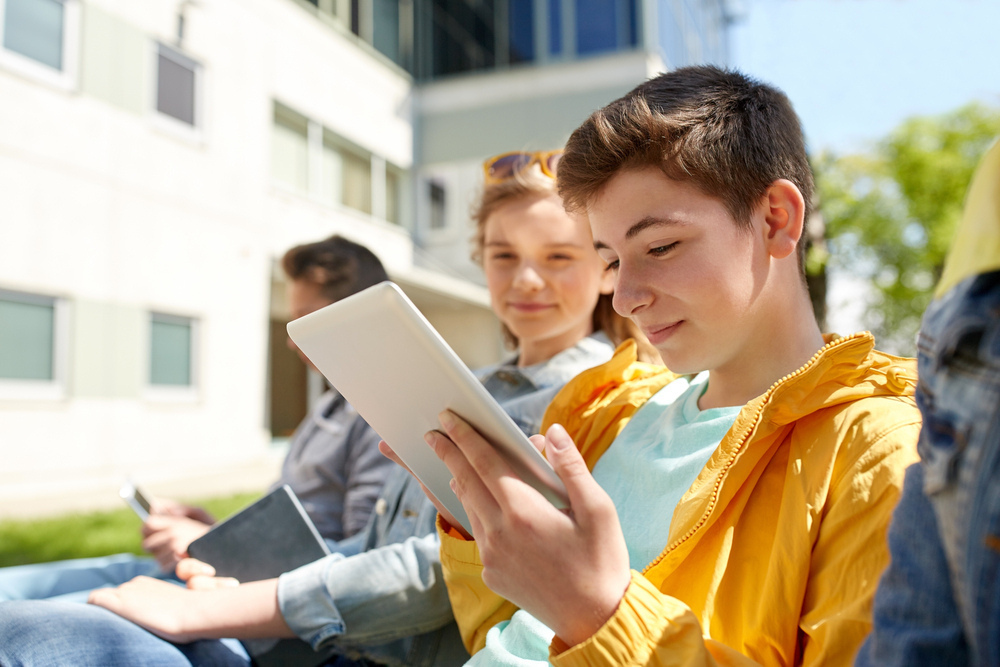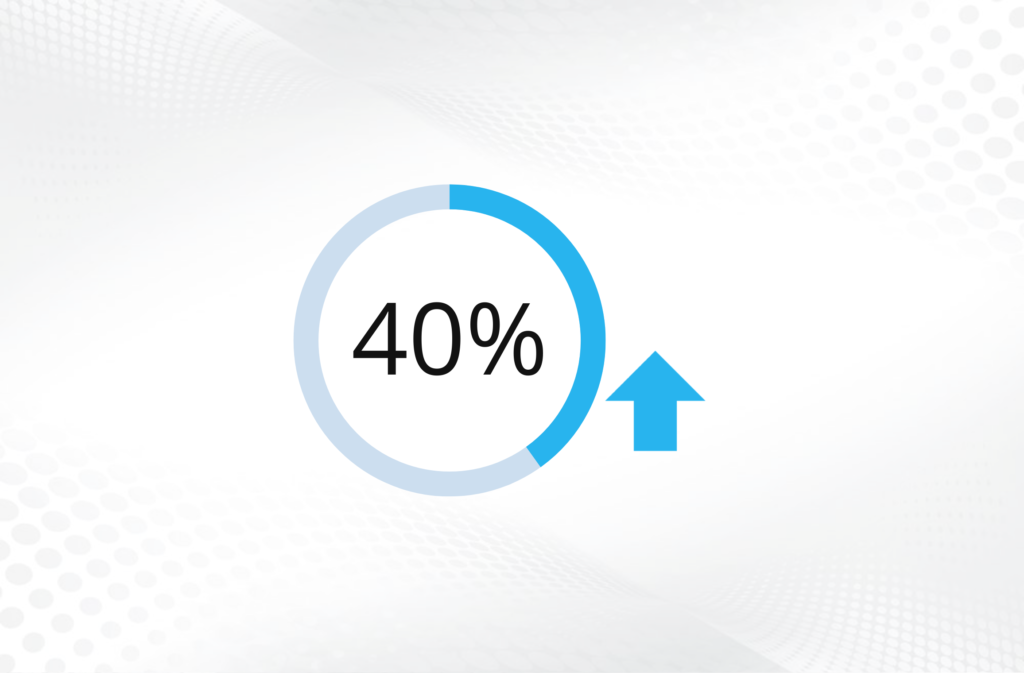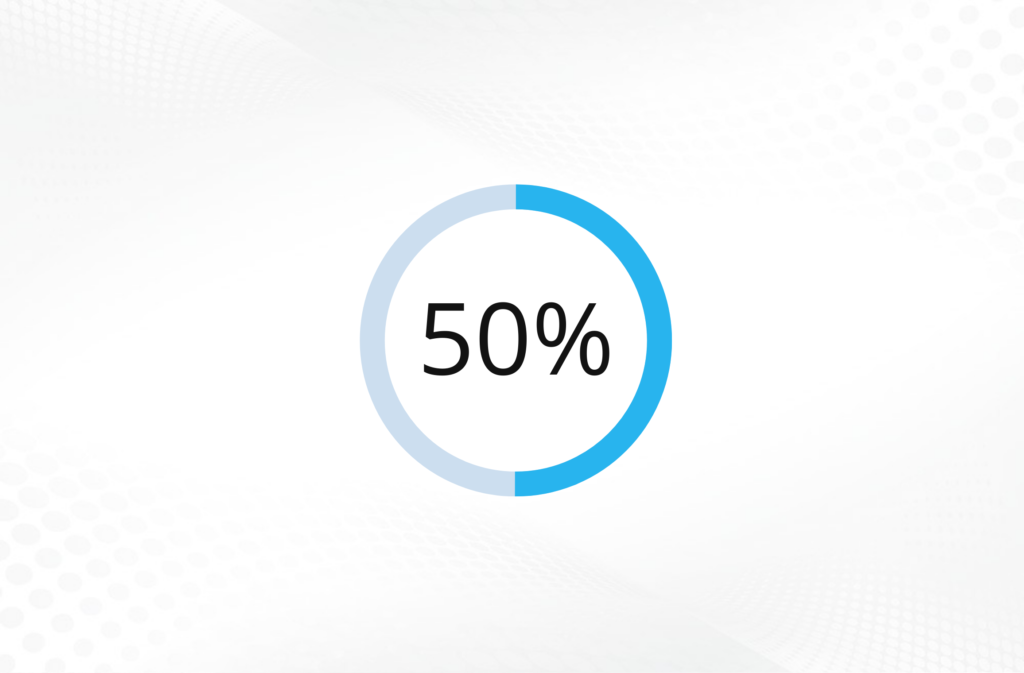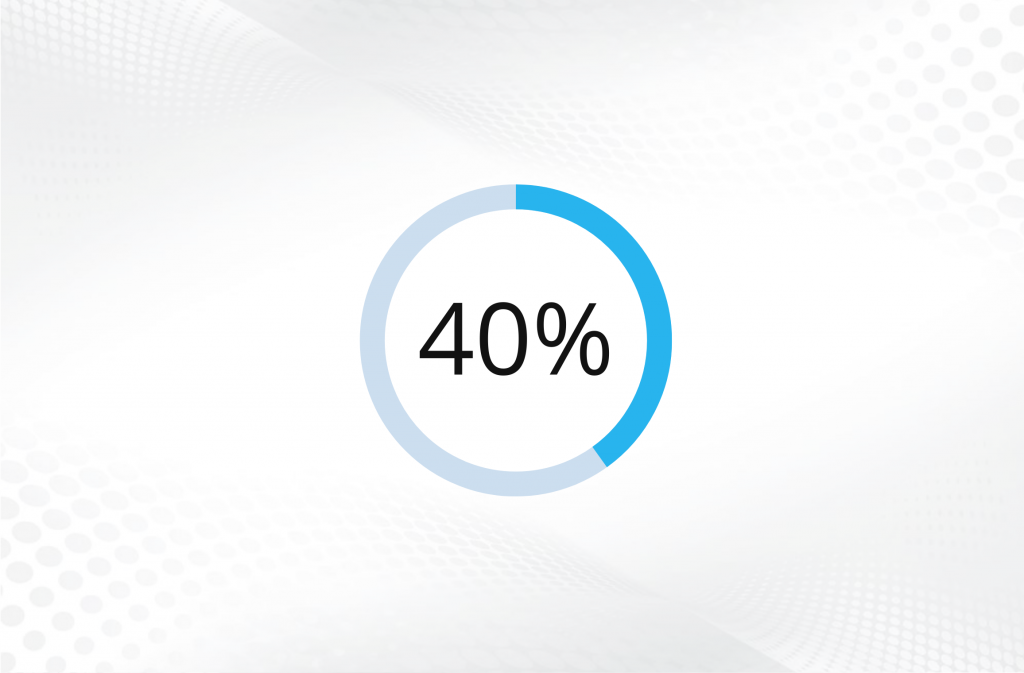Personal learning environment
The idea of a personal learning environment (PLE) is a relatively modern phenomenon, given that its raison d’être was brought about by the rapid pace of knowledge and information change and advancement. It is also much more relevant with the modern technologies that have made it possible. True, a small personal library might possibly be called a PLE, but it is hardly unique in that regard. Instead, we have an idea that straddles the lines between conceptual application and cold, hard tech.
A personal learning environment is a specifically designed learner-centric environment that consists of the media, tools, resources, and services that allow an individual to pursue learning activities on their own or as part of a programme. Given that it is tailored to a specific learner, the personal learning environment can be a very personalised thing, and can be constantly updated, tweaked, or otherwise changed.
PLE vs LMS
This separates it from the idea of a learning management system (LMS), which tends to revolve around a certain course or programme of study, rather than an individual who is embarking on a learning journey. However, a PLE may overlap to some extent with an LMS, based on the learning priorities of the individual in question. This is because the learner may integrate elements of an LMS into their PLE for the sake of study. And while personal learning environments tend to be quite digital-centric, this is not necessarily the case – although there is almost always a digital side to them. Rather, they can include both digital and ‘traditional’ learning media.
The personalised and learner-centric nature of a PLE means that it does not have to be specific to a certain organisation or institution that the learner is engaged with. All of their learning activities, at any number of institutes or organisations, can be coordinated and accessed via a good PLE.
A comprehensive learning toolbox
It can also include social networks and other participatory media that the learner can leverage in order to gain information, ascertain the validity of certain aspects of their education, or otherwise engage with others who are on a similar educational journey. A PLE can include academic tools, digital and other electronic tools and devices, and digital and traditional libraries, archives, and other informational centres. This can span web and mobile technologies, and include social and online learning communities.
The purpose of all of these tools is to provide the learner with all of the means necessary to manage and digest the influx of information that is sent their way as they progress along a path of learning. It is therefore both a rare opportunity to reimagine the way learners learn, but also a threat to the traditional learning and teaching model. The personal learning environment is often associated with the rise of MOOCs (massive open online courses), and other new learning approaches like adaptive learning.
An idea that is open to interpretation
Of course, in many ways the idea of a personal learning environment evades definition, insofar as one cannot compile a checklist of things that a PLE must include to be defined as such. Rather, it is a concept that is open to interpretation and differences of implementation. One PLE may include no physical books or other traditional learning materials whatsoever, whereas another learner may maintain a veritable personal library to complement the digital resources at their disposal. It is what we make of it, and consequently will vary significantly from one to the next. Ron Lubensky, a deliberative process designer and learning consultant at the University of Sydney, says that “a Personal Learning Environment is a facility for an individual to access, aggregate, configure and manipulate digital artifacts of their ongoing learning experiences.”
Not only will a personal learning environment differ from one person to the next, but the same person may not have the same PLE at different points in time. The PLE itself will evolve and change as the learner and their priorities do. They will start to develop new ideas and priorities, and new tools and approaches will be needed to address this.
The huge amounts of information that are at our fingertips, thanks to things like the internet, make it a very challenging task to determine our learning priorities. We are no longer confined to the knowledge that is available, as almost everything is now available. Students at school are not dependent on what their teachers impart in the classroom, and can use their smartphone or other digital device to check what they have learned online or look for other things besides.
Learners are not going to be as grateful for the opportunity to learn as they used to be, simply because it is no longer a privilege of the few. We can start taking learning opportunities for granted, which means we can be a lot pickier about what we dedicate our time to learning about. This means that student motivation and a self-starter approach to learning will become increasingly important. And the need to regulate and control this is why the personal learning environment is gaining traction as a noteworthy concept.
Developing more capable learners from a young age
Personal learning environments allow learners to take charge of their own learning and pace, even from a relatively young age. They can address the gaps and shortcomings in their knowledge and understanding, thereby allowing them to be more assertive about what they want and do not want to dedicate their time to.
The benefits this could potentially bring are hard to narrow down, as they are both boundless and dependent upon the individual learner. Generally speaking, PLEs can help save time by reducing time spent on unnecessary activities. Engagement is almost certain to be higher when education is both more personalised and increasingly under the control of the learner. This, in turn, leads to better knowledge retention by students.
More motivation and better results
Students who have had a greater say in their learning process, been better engaged, and thereby retained more knowledge are going to be much more motivated in future, whether in other learning environments or their professional lives. General results and outputs will consequently be improved, both in the learning environment and subsequently when these skills are applied professionally.
However, all of this focus on the individual student and their own personal learning environment does not mean that each learner is an independent and isolated unit adrift in an ocean of information. Self-direction and cooperative or group learning are not mutually exclusive ideas, and we have already alluded to the role of social networks for collaborative learning efforts. Moreover, teachers can cease to be the be-all and end-all of education, and play a simultaneously less central and more proactive role as guides and encouragers, rather than mere vessels of knowledge and information. This can bring about learners who are both happier with their learning process and better equipped to use their education in a professional setting.
Customisability
One of the major drawbacks of traditional learning environments is the fact that a number of students, sometimes in the dozens, are grouped together by age with the assumption that their abilities will correspond to the extent that they can all acquire knowledge and skills at the same pace. At best, this is less than ideal; at worst it is downright ludicrous. For a long time, this was the only way to implement learning on a mass scale, but the digital age is threatening to change that.
A customised learning experience used to mean having one’s own tutor or a similar such arrangement, and this was a privilege available only to a fortunate few. But with digital technologies making personal learning environments a reality that is much more widely accessible than before, this can all change. Now, each personal learning environment can be customised to the pace, strengths, and weaknesses of the learner in question. It can be altered based on their educational institution but also not limited by it.
Different pacing
Anyone who has ever had to impart information to more than a couple of individuals at a time is acutely aware of the fact that each person has their own learning pace, and this is coupled with a unique way of processing information. Some learners can easily and quickly grasp abstract ideas without the need for examples, whereas others can derive more meaning from a single example than hours of abstraction. The fact that personal learning environments are tailored to the strengths and weaknesses of the individual learner means that classes of students will not seem to be held back by their ‘slowest’ learner, and there is a lesser risk of certain students falling behind unnoticed.
A role for data
If personal learning environments can be incorporated digitally, such that the various means, media, courses, programmes, and other aspects thereof are linked, then insights can be gained into the learner’s progress. Digital technologies play a big part in PLEs, and the devices by which we access them are often designed to gather information. So, a student whose personal learning environment includes their laptop, smartphone, school’s online learning portal, and browser can also have their learning process and progress tracked. This can mean valuable data that helps inform educators and course designers about the efficacy of their efforts. For the sake of privacy, the data can be gathered without retaining information about the student’s identity, which should not hamper its effectiveness.
But if these various resources and media can be linked, they can refer to each other when a student is looking for something in particular, and offer a more seamless learning experience overall. Students who spend less time looking for things and more time actually using them are going to be more motivated and efficient.
Redefining what learning seeks to achieve
Just as teachers will no longer be confined to the role of information receptacle, so too shall the priorities for a student change. With information both more abundant and more accessible than ever, students will not be judged on their ability to acquire and repeat it, but rather on their ability to work with it creatively. The multifaceted personal learning environment is a much better way of learning to do this than traditional, linear learning environments. This also helps PLEs overlap with and support other concepts like STEAM learning approaches, hybrid learning, and others.
Some of this can be a bit hard to envision, as the idea of a PLE has (as already mentioned) a tendency of avoiding concrete definition. However, they are much more common than we may realise. Many people will have inadvertently created their own PLE already, even if this was only temporary or somewhat limited in scope.
Online course providers like Coursera, Udemy, edX, and others provide specific learning modules for those who seek to learn something new. Often, these can be simple video presentations with a few supplementary materials. There may be no attendance, no regular direct contact with the teacher, and no grading. The learner must take charge of the learning process themselves.
For example, someone may decide to take a course on data analysis via a platform like Udemy. This might make use of software like RStudio, so they will download that to their laptop. They may use a tablet device to view the video lectures while simultaneously keeping up with the instructions on their laptop. They might pause the video at certain times to Google things on their smartphone, and they may also have a notebook and pen on hand to take down notes on important information. This mixture of media and resources is a personal learning environment that the individual has created totally naturally and of their own accord.
Changing the pace of chemistry classes
Michael Quist, who teaches chemistry at Eminence High School in Kentucky, decided that repeating the same lecture-format lesson to every class he taught was a bad idea. Knowing that all of his students were required to master the same content and skills, he decided to include variation in how quickly they were required to grasp and absorb the material. To this end, he broke down his teaching units into two distinct phases: foundation and exploration.
The foundation phase revolves around acquiring the core ideas that are necessary for progressing. Every unit he teaches has reading and writing assignments, combined with mathematical and collaborative work – which Quist believes to be vital. However, students can choose the time and order in which they decide to complete these assignments. The exploration phase, which is unlocked once students can demonstrate that they’ve acquired the necessary foundation, uses laboratory projects and experiments, the writing of research papers, and constructing molecular models. The more of these activities a student completes, the higher their grade can be.
All of this means that, in Quist’s chemistry classes, there are about four or five different activities taking place simultaneously across the two phases. By the end of their first week, Quist generally expects his students to have completed the foundation phase. “By the end of week two, I’ve already stepped in if they’re struggling,” he explains.
Educators take PLE on board
The Mayfield High School in the United States has developed an “instructional model that allows our students to choose a learning modality that best meets their academic and social-emotional needs”. This revolves around personalising the learning experience and equipping students with the vital soft skills that are necessary for success in later life, including critical thinking, communication, time-management, problem-solving, empathy, and collaboration. The idea is to allow students to take ownership of their learning and thereby gain a more authentic learning experience.
To aid this transition, the school began by offering students individual, self-paced learning courses. These are meant to allow teachers to structure classes in such a way as to allow each student to proceed at their own pace, all while receiving continual support. This is complemented by something called ‘The Option’, which is a full-day, self-paced programme that is being rolled out. It will allow students to plan and customise their entire school day, regardless of any other schedule. The students who opt to try this programme must engage in what is called a ‘capstone project’. This means that the student is tasked with identifying a problem, conducting research on it, and developing a solution as a learning process. Students can start up hypothetical businesses or seek to address real needs in the wider community.
This type of project saw similar adoption in the New York Middletown school district, which likewise tried to shift the educational focus onto the individual needs of students. The goal was to increase self-motivation, and after just four years of this new approach, the school’s students who met their growth targets increased from 44 to 65 per cent.
As we have already seen, the personal learning environment is both a new and an obscure concept. It is both necessitated and aided by modern digital technologies, but its foundational principle is also remarkably simple. PLE goes beyond traditional learning methods, both in terms of being able to transcend educational institutions and by being more focused on the learner, as opposed to the setting or programme of study.
No set definition
PLE is constantly evolving, both as a general concept and on an individual basis. The implication of a personal learning environment is a greater degree of self-direction and self-awareness on the part of learners, as they become active decision makers when it comes to their own education. The fact that this concept is still very much in its infancy may be part of the reason why there is such variety. With time and investment, personal learning environments may become groups of products and services that, although modular or personalised in nature, are nevertheless more standardised. Perhaps this is not going to be the case at all.
This is part of the problem – personal learning environments are still a very individual affair and therefore open to interpretation. This can make it difficult to grasp the idea or put it into practice at present, especially from the point of view of educators.
Challenges and opportunities
“One of the challenges from a teacher’s point of view is that a PLE is personalised. The collection of tools that work best for one student might not be suited at all to another student. This means that it can be quite difficult for a teacher to provide the most useful set of tools to the students that they teach. Teachers do have a role in encouraging the use of PLEs though. It is more important that a student develops a system than uses any particular tool. They may be using a great image editing tool now that suits all of their image editing needs. Next week, however, they may come across something even more efficient and the old tool is replaced. Knowing that they need to use that type of tool for a particular purpose and knowing that they have one in their tool box is what is important,” reads a passage from Education Technology Solutions Magazine.
An issue that arises is knowing when to implement or encourage the use of a PLE. The younger students are, the more direction they are going to need. A certain degree of maturity is going to be necessary for the learner to start to own their learning process and environment. But with children maturing at different rates, there is no clear cut-off point. Moreover, some people simply prefer structure and clarity, and would find the idea of a PLE too much work on top of everything else that is expected of them. On the other hand, a PLE might be the perfect environment for certain students to be lazy without being scrutinised. And given that some expensive hardware might be necessary to set up PLEs, it might end up going to waste.
A strong relation with other innovative education concepts
Kandi Horton, a personalised learning teacher in Wisconsin, sums it up better than most. “One of the biggest challenges in a personalised-learning environment is meeting the diverse needs of students while staying true to curriculum content and standards. One size does not fit all, of course. Some students are not interested in the content, and some are not academically ready for the skills being covered. As a teacher, I have had to give up control as the sole resource in the room and train students to move one another forward in their tasks. Students use their strengths to aid their classmates with higher-level thinking. As they collaborate and question one another, they fill [knowledge] gaps better than I could ever imagine possible. They also clear up misconceptions faster and in real time without having to wait for the teacher. This is the power of a personalised-learning environment that propels students to success in academics and 21st-century skills. Teachers are no longer the experts in the room but rather the facilitators of student-centered communities—fueled by and for students.”
It may be that personal learning environments are waiting for certain other educational developments to progress enough for them to facilitate each other. This could mean hybrid learning, e-learning, STEAM, and other such concepts and solutions. However, there is nevertheless an observable desire to see learners take charge of their own education to a greater degree, even at the school level. This desire transcends PLE and overlaps onto the other ideas mentioned above. The only thing that is in question is how it is going to be implemented and change over time, not whether it is going to happen in the first place.
